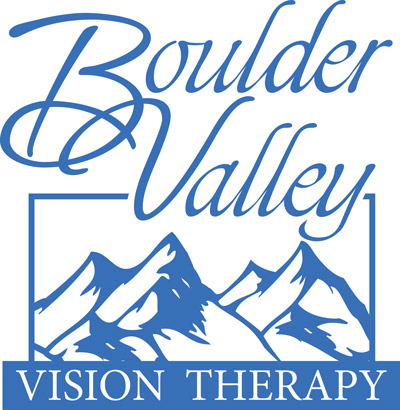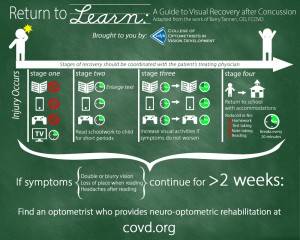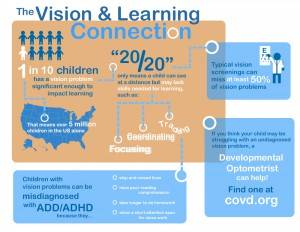
Our Services:
Functional Vision Evaluation
Our evaluation begins with a very detailed questionnaire that can be completed prior to your visit on line, or mailed or dropped off at our office prior to your visit. Any additional information (school performance testing, prior eye examination records, therapy reports) are extremely helpful for the doctor to review before your visit. Expect your testing visit with the doctor to last from 1 1/2 hours to 2 hours. Some testing will be familiar, such as reading an eye chart and being checked for a glasses prescription. Some testing will be more specialized, including the visagraph which will test eye movement accuracy while reading. The purpose of this testing is to determine if visual information is being acquired comfortably, clearly, accurately, and efficiently. This requires the two eyes to be able to focus correctly, align so that you do not see double vision, and both eyes are tracking efficiently. This testing determines if there is a disorder affecting how the muscles and nerves in the eye are functioning to receive visual information.
Visual Information Processing Evaluation
This testing identifies difficulties in processing visual information and the ability of the individual to integrate this information to lead their actions. For example, did you run off the road because 1) your eyes could not see the orange cone? 2) your brain could not identify what the object in the way was? or 3) your foot could not hit the brake pedal in time because you thought the cone was further away and you had more time? This testing determines visual perceptual abilities such as: identification, discrimination, spatial awareness, directionality (letter reversals), visualization, visual-sensory integration, visual-gross motor coordination, visual-fine motor coordination, and visual memory. Visual processing abilities are extremely important in the classroom and in the workplace. This testing can take up to 4 hours to complete and is often administered in more than one visit (determined by the ability of the individual).
Vision Therapy
Vision therapy sessions are typically recommended for 45 minutes once per week. More frequent therapy sessions are often beneficial, with faster results. Vision therapy includes the use of special lenses, computer programs, exercises, and equipment. Many of the training exercises will be sent home for practice in between office visits. The more practice and repitition on the prescribed exercises, the faster the results of vision therapy.The doctor will give you an estimate number of therapy visits at the consultation visit based on the individual diagnoses and with the assumption that home practice will take place 20 minutes per day, five days per week. If home therapy exercises do not happen regularly, expect therapy to take 10-20 sessions longer.
Vision Therapy Progress Evaluations
The doctor will be monitoring therapy progress after every 10 therapy sessions. In addition, once the therapy program is completed, the doctor will re-test the patient several times to ensure new visual skills have remained automatic and results will be maintained long-term. Although many of our patients have spent several years receiving occupational or speech therapy, the average lenghth of time to improve mild vision problems is 9 months and severe eye problems (amblyopia, strabismus) is 12-18 months.




Notes:
Please contact us with any questions you might have at bouldervt@yahoo.com.